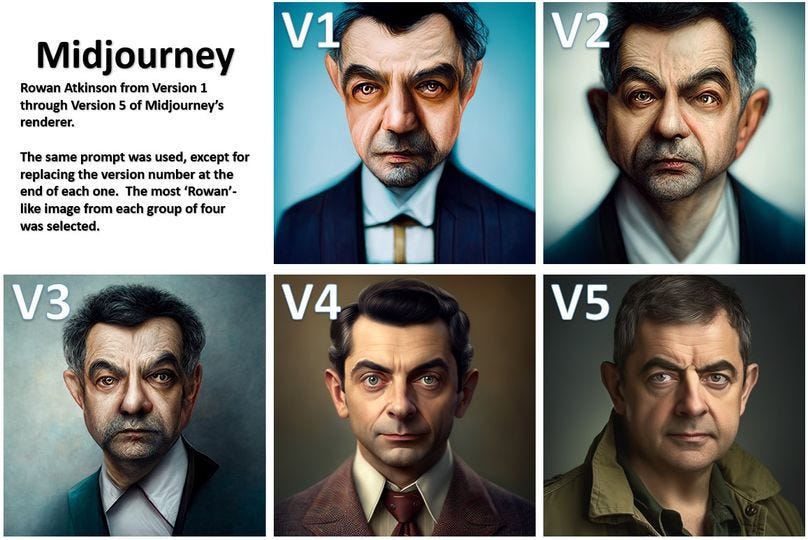The Impact of Generative AI on CGI Production in the Movie and Graphic Design Industries
Welcome to a new age.
Over the past year, the rise of generative AI has had a significant impact on the use of computer-generated imagery (CGI) in the movie-making and graphic design industries. Generative AI refers to algorithms and models that are capable of producing new, original content based on input data or instructions. This technology has been used to create CGI in various ways, from the creation of virtual worlds and characters to the generation of realistic textures and lighting effects.
One area where generative AI has had a significant impact on CGI production is in the development of new tools and techniques. For example, some companies have developed generative AI models that can produce realistic hair and fur for animated characters. These models are trained on vast amounts of data, such as images of real hair, and can generate new textures and styles that are both unique and believable.
Another way in which generative AI has been used to create CGI is through the creation of procedurally-generated environments and objects. This involves using algorithms to create virtual worlds or objects that are based on a set of rules or parameters. For example, a generative AI model could be used to create a cityscape for a movie or video game, with the model generating the layout, buildings, and other details based on the input parameters.
Despite the many benefits of using generative AI in CGI production, there are also some potential drawbacks to consider. One concern is the potential loss of human creativity and originality, as the use of generative AI may lead to the creation of content that is formulaic or repetitive. Additionally, there is the difficulty in controlling or monitoring the output of generative AI algorithms, which could lead to unexpected results or errors in the final product.
One of the ethical implications of using generative AI in CGI production is the possibility of creating fake images or videos that could be used to spread disinformation or manipulate public opinion. With generative AI models becoming more sophisticated, it is becoming increasingly difficult to distinguish between real and fake content. This could have serious consequences, such as the spread of false information or the use of fake images to damage a person or company's reputation.
Despite these concerns, the use of generative AI in CGI production is likely to continue to grow in popularity in the movie-making and graphic design industries. By enabling artists and designers to create more realistic and immersive worlds and characters, generative AI has the potential to transform the way that we think about and produce CGI. However, it is important that we consider the potential benefits and drawbacks of using this technology, as well as the ethical implications of its use, in order to ensure that we are using generative AI in a responsible and effective way.
In conclusion, the rise of generative AI has had a significant impact on the use of computer-generated imagery in the movie-making and graphic design industries. From the development of new tools and techniques to the creation of procedurally-generated environments and objects, generative AI has enabled artists and designers to create more realistic and immersive content. However, it is important that we carefully consider the potential benefits and drawbacks of using this technology, as well as the ethical implications of its use, in order to ensure that we are using generative AI in a responsible and effective way.







